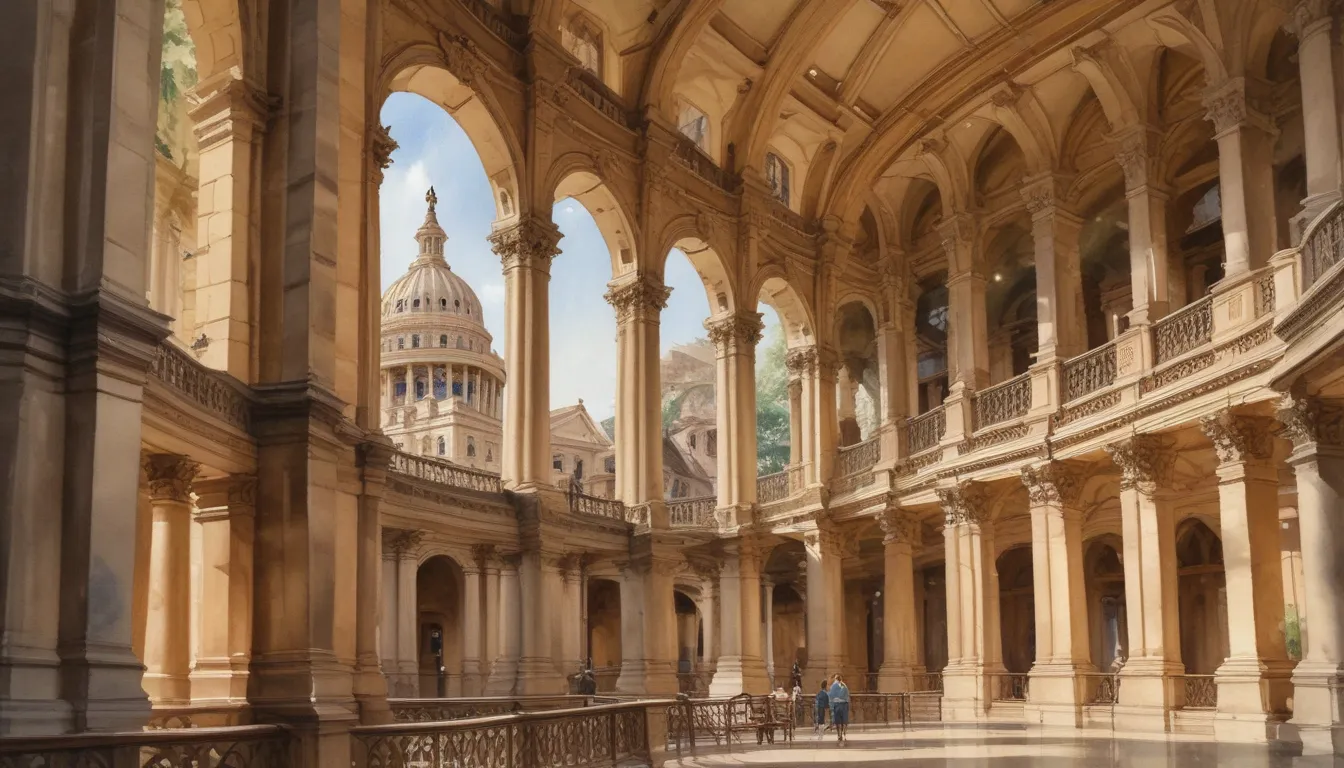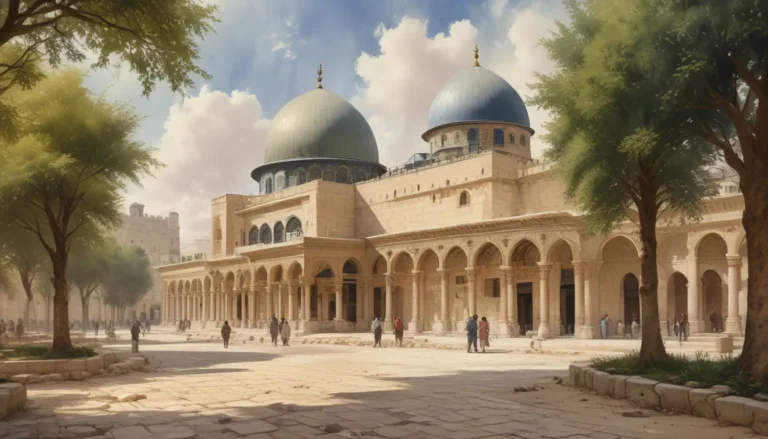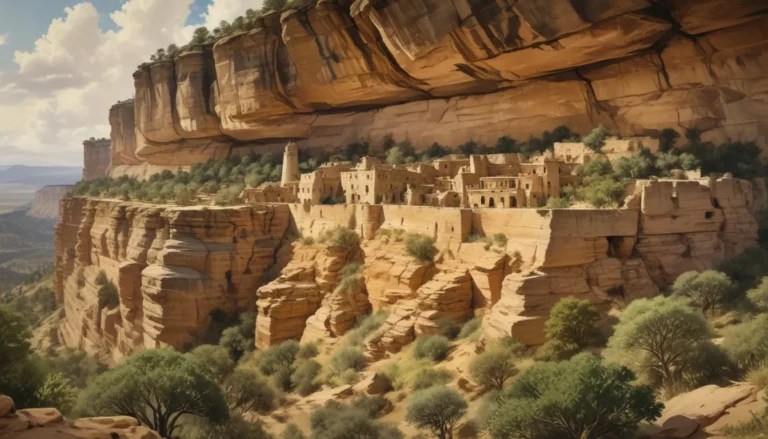The images in our articles are for illustrative purposes only and may not exactly match the content. They are intended to capture your interest and complement the text, not to replace it.
The Texas Capitol Building stands as a towering symbol of the Lone Star State, exuding a rich history and architectural grandeur that continues to captivate visitors from near and far. As the largest state capitol in the United States, this majestic structure is not only a hub for political activity but also a treasure trove of stories and splendor waiting to be discovered. Let’s embark on a journey through the heart of Texas as we uncover 11 fascinating facts about the Texas Capitol Building, shedding light on its remarkable features and the narratives woven into its walls.
A Glimpse into History and Architecture
- The Largest State Capitol in the US: The Texas Capitol Building, located in Austin, stands as the largest state capitol in the United States, boasting a stunning Italian Renaissance Revival architecture that captivates all who lay eyes on it.
- Completed in 1888: The monumental construction of the Texas Capitol Building was completed in 1888, showcasing the meticulous attention to detail and dedication of its architects and builders who crafted a timeless design that has endured for well over a century.
- Italian Renaissance Revival Style: Drawing inspiration from the grandeur of the Italian Renaissance Revival style, the Texas Capitol Building features ornate details, grand arches, and majestic domes that elevate its elegance and sophistication to true masterpiece status.
Discovering the Splendor Within
- The Breathtaking Rotunda: At the heart of the Texas Capitol Building lies a stunning rotunda, adorned with intricate artwork and magnificent architecture that serves as a focal point, embodying the building’s historical and cultural significance.
- Home to Governance: Within its stately walls, the Texas Capitol Building houses the offices of the governor and the state legislature, making it a vital hub for political activity and a symbol of democracy and leadership in the state.
- Artistic Grounds: The building’s surroundings are adorned with beautiful statues and monuments, each with its own unique story to tell, contributing to the rich tapestry of Texas history and culture.
Preserving a Legacy
- Comprehensive Restoration: In recent years, the Texas Capitol Building underwent a significant restoration project aimed at preserving its historical integrity and enhancing its structural resilience, showcasing the state’s commitment to safeguarding its architectural heritage.
- A Popular Tourist Attraction: The timeless appeal of the Texas Capitol Building has made it a popular tourist attraction, drawing in visitors who are captivated by its historical significance, architectural splendor, and role in the state’s governance.
A Beacon of History and Pride
- Iconic Dome: The majestic dome of the Texas Capitol Building is an iconic feature of the Austin skyline, commanding attention and admiration as a visual anchor that adds to the city’s charm.
- National Historic Landmark: Recognized for its architectural significance and historical importance, the Texas Capitol Building holds the esteemed designation of being a National Historic Landmark, underscoring its enduring impact on Texas and the nation as a whole.
Embarking on a Journey
The Texas Capitol Building invites visitors to embark on a captivating journey through the heart of Texas history, offering a glimpse into the state’s rich heritage and unwavering spirit. Whether marveling at its awe-inspiring architecture or delving into its storied past, the Capitol Building serves as a cherished symbol of Texas and a source of inspiration for all who have the privilege of experiencing its timeless allure.
Conclusion
In conclusion, the Texas Capitol Building stands as a testament to the rich history, enduring spirit, and unwavering pride of Texas. From its architectural grandeur to its historical significance, the Capitol Building embodies the essence of Texas and serves as a symbol of democracy, progress, and cultural pride. Visitors are welcomed to explore its hallowed halls, fostering a deep appreciation for the state’s heritage and governance. Whether as a seat of political power or a captivating tourist destination, the Texas Capitol Building remains an enduring emblem of pride for Texans and a beacon of history for all who walk through its doors.
Frequently Asked Questions
What is the architectural style of the Texas Capitol Building?
The Texas Capitol Building showcases Italian Renaissance Revival architecture, characterized by its grand dome, ornate detailing, and classical influences, reflecting a sense of timeless elegance and authority.
Is the Texas Capitol Building open to the public?
Yes, the Texas Capitol Building is open to the public for guided tours and independent exploration, allowing visitors to delve into its history, admire its splendor, and witness the legislative process in action for a memorable and enriching experience.
Your Trustworthy Source of Insight
Our commitment to delivering trustworthy and engaging content is rooted in our dedication to providing accurate and credible information. Each fact shared on our platform is contributed by real users like you, ensuring a diverse range of insights and perspectives. Our editors meticulously review each submission to uphold the highest standards of accuracy and reliability, guaranteeing that the facts we share are not only fascinating but also credible. Explore and learn with confidence as we continue to uphold our commitment to quality and authenticity.






